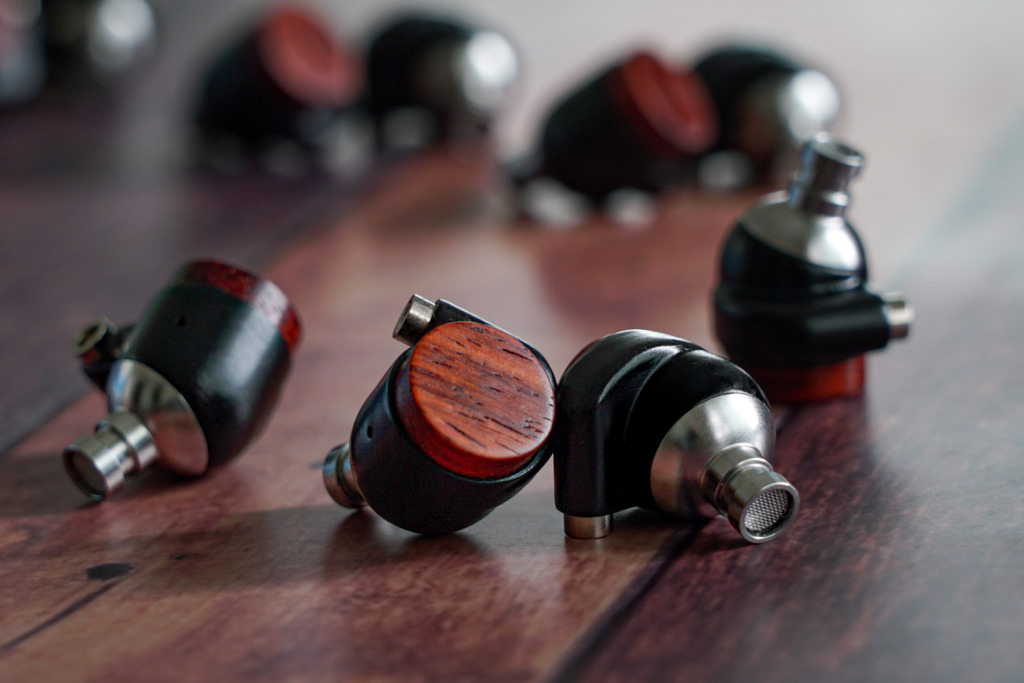Introducing the new “MIROAK-II” – a detailed explanation.
1) Product Concept.
2) Chassis Design.
3) Stainless Steel and Resin Enclosures.
4) Diverse Rear Enclosures (Backplates).
5) Differences from the previous model, MIROAK.
6) Recommended Wood (Metal).
Click below for the MIROAK-II product page.
1) Product Concept.
MIROAK-II is the successor to the redesigned MIROAK, inheriting its ease of listening and lineage with LOAK while undergoing significant changes in chassis design and sound characteristics to create a distinct model. Recently, 634EARS have been many models with a lighter and clearer sound, but I believe this model offers a dynamic driver experience with solid bass and impressive power.
2) Chassis Design.
The chassis features stainless steel on the front, ABS resin on the body, and the option to choose wood or metal for the rear. What sets it apart from previous models is the use of resin in the body section. While the front enclosure is machined, the body is 3D printed, allowing for relatively easy production of complex shapes and improving the fit and comfort.
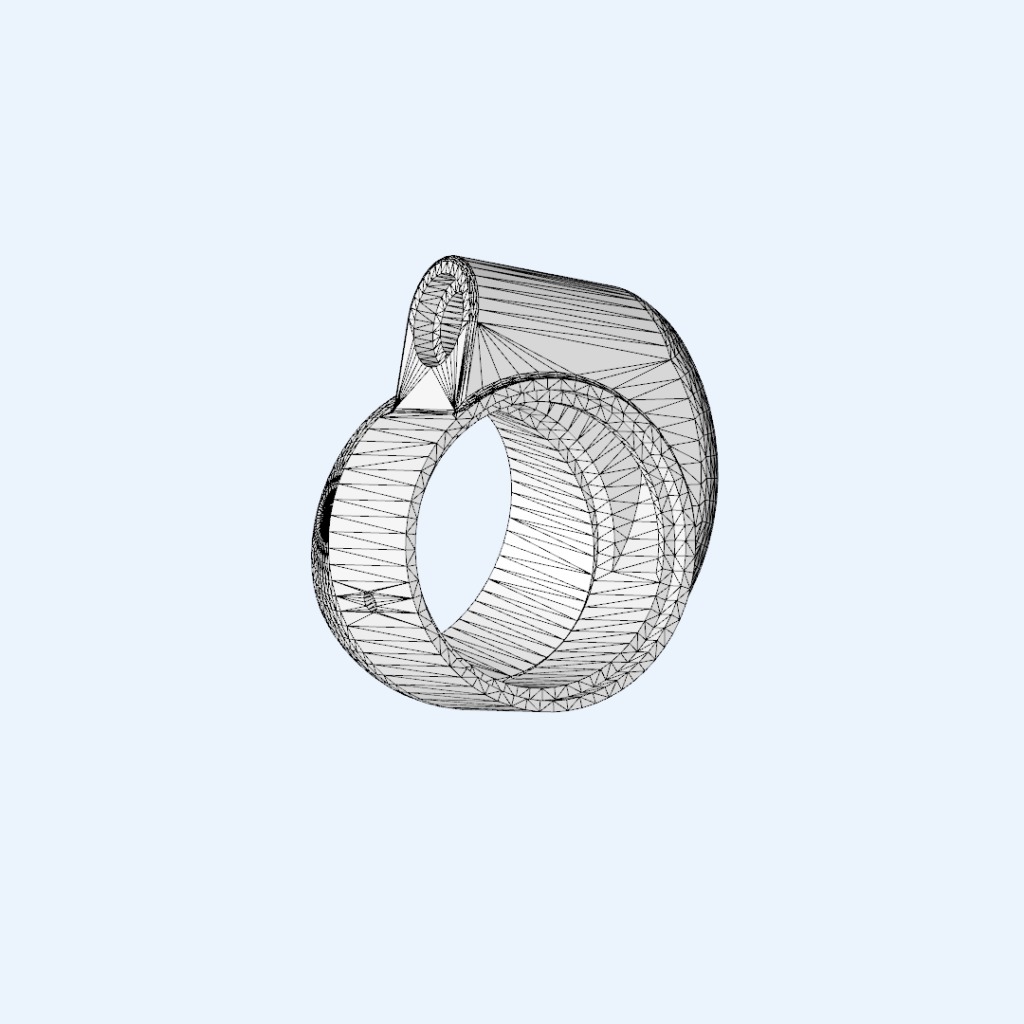
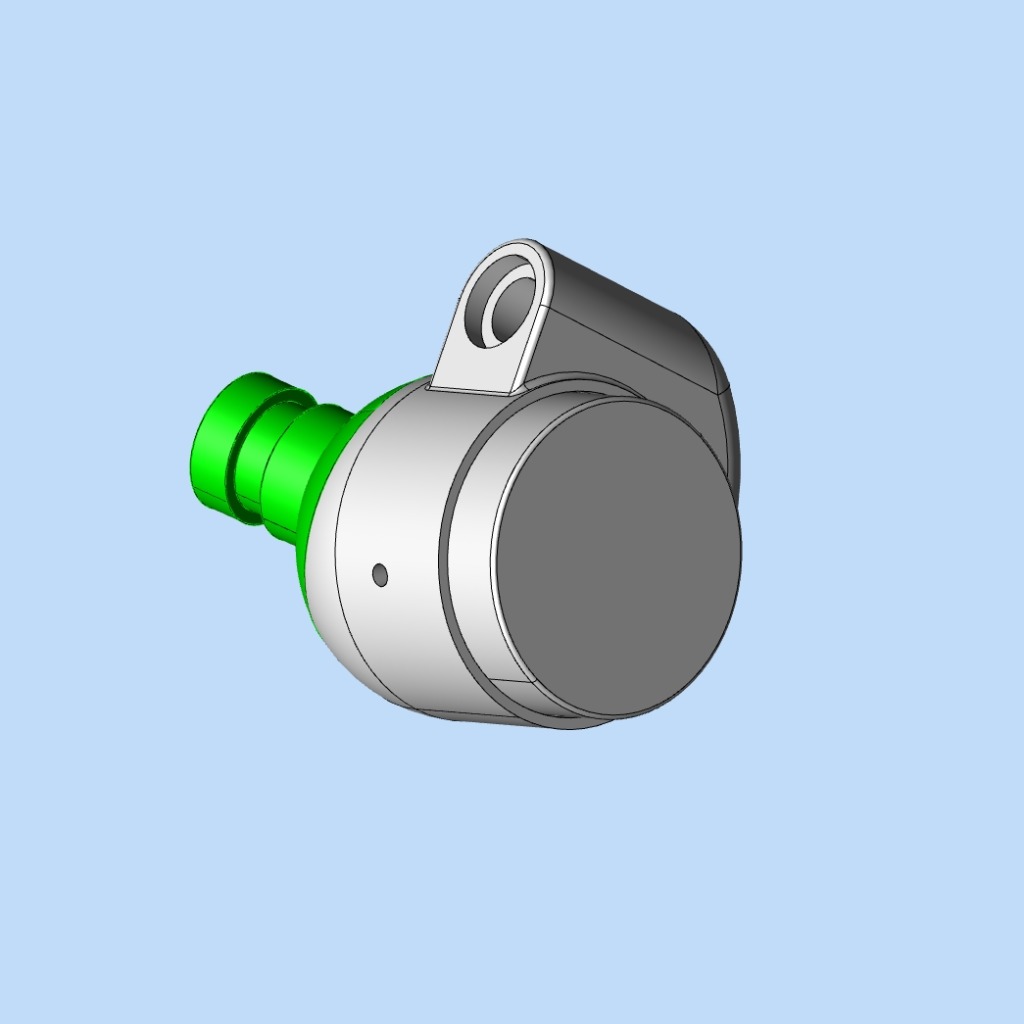

Although the base of the body enclosure is LOAK, the nozzle angle has been modified to be slanted upward. This allows the front enclosure to be twisted into the ear, improving the fit and preventing instantaneous pressure on the diaphragm by avoiding a pushing-from-the-side type of fit.
Despite the change in nozzle angle, the D-shaped driver is positioned vertically from the front, ensuring no loss of high-frequency response due to angle bending.
3) Stainless Steel and Resin Enclosures.
The stainless steel front enclosure provides high-contrast, powerful sound and effectively absorbs vibrations from the D-shaped driver, resulting in solid bass reproduction.
The resin enclosure is made of ABS plastic with some elasticity. It is easily distorted by the air pressure in the rear enclosure. It may be considered acoustically inferior compared to metal, and indeed, when used as the front enclosure, it has several drawbacks compared to metal due to its high vibration damping rate. However, when used as the rear enclosure, its softness contributes to compressing the internal air and generating a force that rebounds, allowing for significant movement of the diaphragm. As a result, it reproduces a powerful, thick, and forceful sound with ample volume, different from the tight and snappy sound. Particularly, the low frequencies exhibit their characteristic with a pleasing, dynamic and elastic bass,, making it perfect for energetic music. Additionally, the sound has a soft tone and is less fatiguing for prolonged listening.
4) Diverse Rear Enclosures (Backplates).
The rear enclosure offers a variety of backplates made of wood, stainless steel, brass, and copper, with a total of four major options, each with its own variations for wood, brass, and copper.
For the metal coloring of brass and copper, we continue to apply the coloring technique developed by Momentum Factory and Orii. Brass is available in two types: normal machining and colored versions, while copper comes in three colored variations.
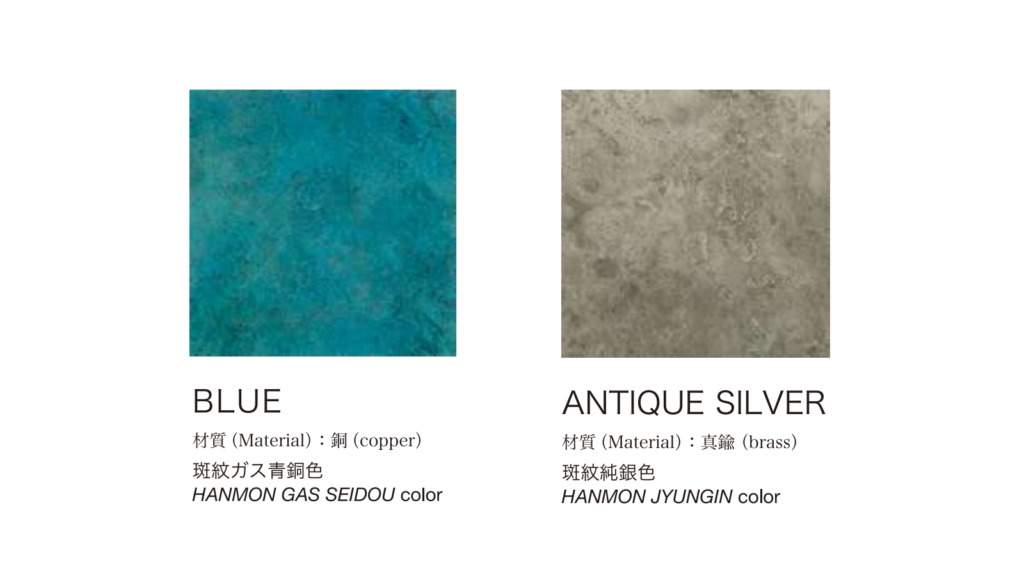

→ Momentum factory Orii.
→ Brass and copper coloring by momentum factory Orii.
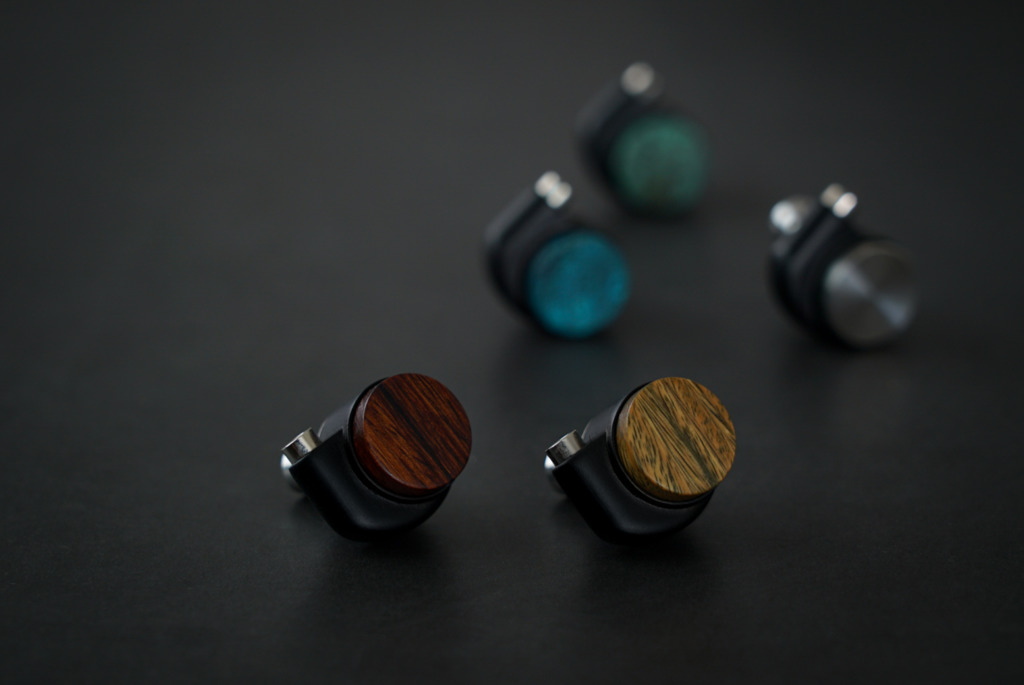
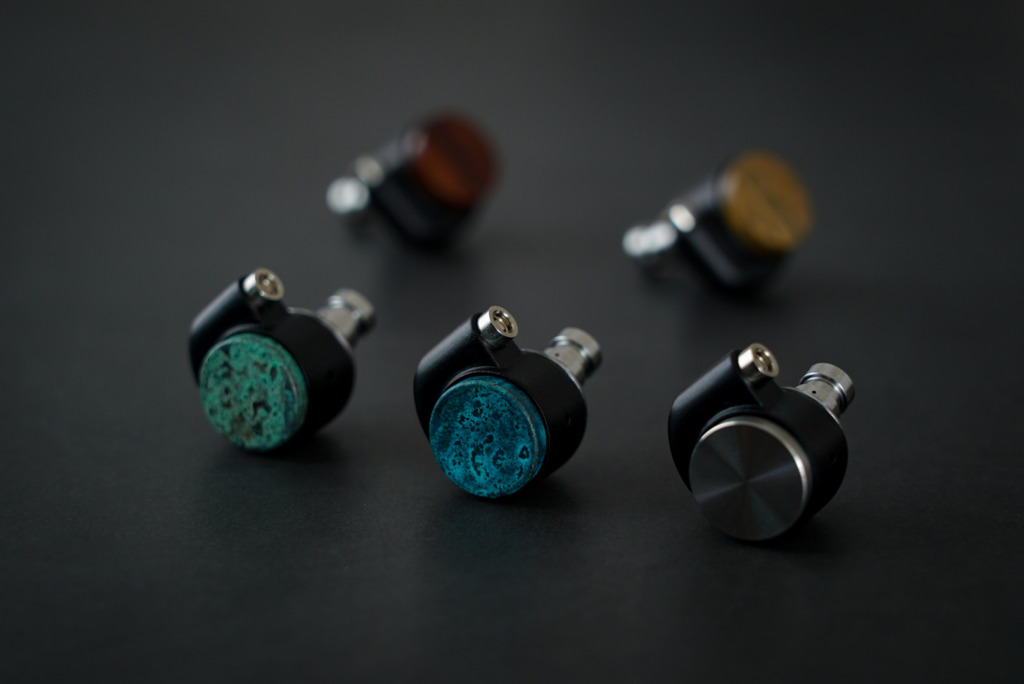
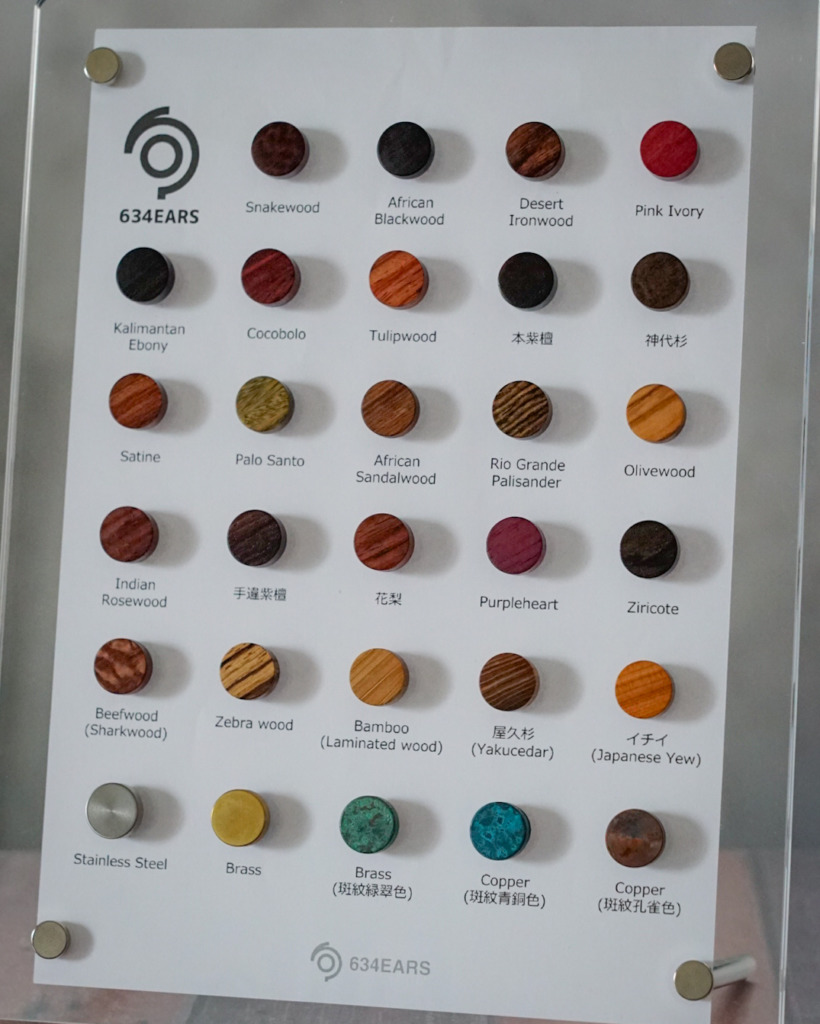
The chosen wood or metal for the rear enclosure will affect the overall weight and hardness, as they have different densities and hardness. As a result, the sound may vary slightly. While the base sound of MIROAK-II remains consistent, you have the opportunity to customize the sound according to your preferences as a final touch. Additionally, you can create a visual appearance that suits your taste.
5) Differences in Sound from the previous model, MIROAK.
While MIROAK and MIROAK-II share the aspect of being easy to listen to and derived from the LOAK lineage, their sound characteristics differ significantly.
Compared to the previous MIROAK, which had a thinner, light, and crisp sound, MIROAK-II offers a thicker, richer, and more powerful sound. It leans towards a more impactful sound experience, with solid bass reproduction. The difference can be described as a contrast between a light and rich sound.
In terms of sound, among the 634EARS lineup, MIROAK-II has a tonal balance similar to LOAK-S (CL), but it has a softer and milder sound. Additionally, the bass has a slightly different texture, with a restrained and elastic quality.
While MIROAK-II provides a powerful and impactful sound, it is not a slim, crisp, or sharp sound. This aspect may vary according to personal preferences. However, considering the distinctive characteristics of the resin enclosure, it can be seen as one of the options within the LOAK lineage, distinct from LOAK or the upcoming LOAK redesign.
6) Recommended Wood (Metal).
Since the body is made of ABS resin enclosure, a flexible material that is prone to warping, it is recommended to use relatively hard wood or metal for the rear section. The harder the material, the tighter the sound, and the more distinct the contours and quick the response. Conversely, softer materials tend to produce a more softer and mellower sound.
Additionally, wood with lower density allows the internal air pressure of the rear enclosure to penetrate (absorb), resulting in a weaker rebound and a gentle and mild sound.
As a personal recommendation, considering the resin’s softness and its ability to rebound effectively, I suggest using harder wood or metal for the rear section.



